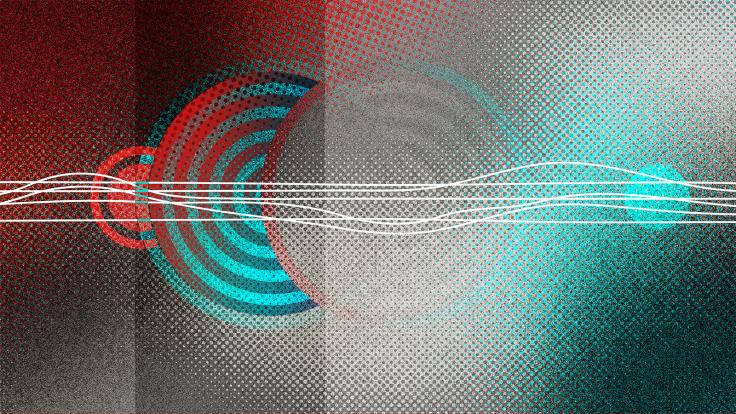Explain it in 60 seconds
A magnet quench is a dramatic yet fairly routine event within a particle accelerator. It occurs when one of the superconducting magnets that steer and focus the particle beams warms above a critical temperature, bringing operations to an abrupt halt.
A quench often starts when stray particles from the beam enter a magnet’s coils, producing an initial burst of heat. Within a fraction of a second, parts of the superconducting wire in the magnet lose their ability to conduct electricity without resistance, generating more heat that quickly spreads throughout the entire magnet. The coolant surrounding the magnet begins to boil.
In the case of a large superconducting magnet, which can be several meters long and carry currents of 10,000 amps or more, the quench creates a loud roar as the coolant—liquid helium with a temperature close to absolute zero—turns into gas and vents through pressure relief valves, like steam escaping a tea kettle.
Such a quench generates as much force as an exploding stick of dynamite. A magnet usually withstands this force and is operational again in a few hours after cooling back down. If repair is required, it takes valuable time to warm up, fix, and then cool down the magnet—days or weeks in which no particle beams can be circulated, and no science can be done.













